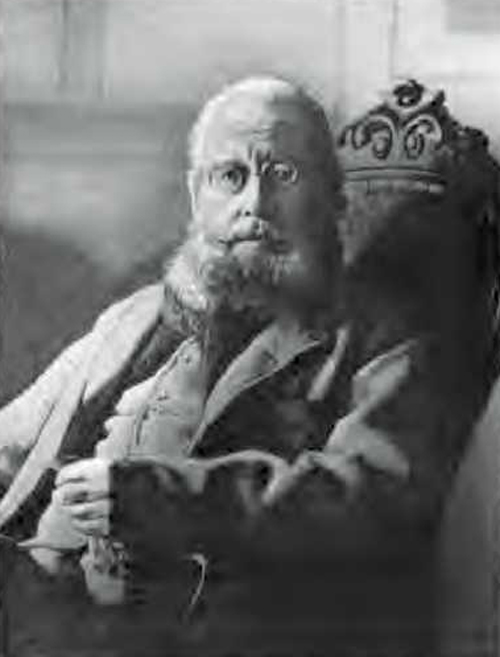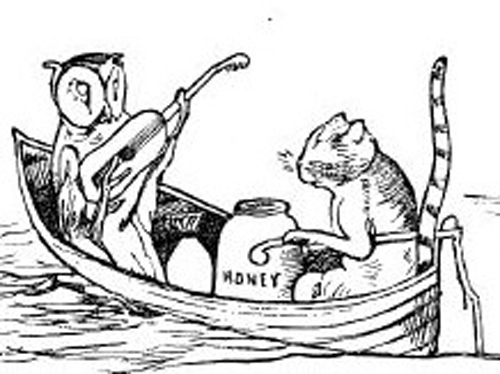A UNIVERSITY of St Andrews academic has paid tribute to the life and works of Victorian artist and nonsense poet, Edward Lear (1812-88).
Dr Sara Lodge, of the University’s School of English, has created a series of radio essays to mark the bicentenary of the famous Victorian author of The Owl and the Pussycat.
The week-long series, on the artist and poet who taught Queen Victoria to draw, will be broadcast on Radio 3 every night this week.
Edward Lear is most famous for his nonsense poem
Speaking ahead of the airing of the first essay, Dr Lodge commented: “People know his limericks and ‘The Owl and the Pussycat’, but they often know very little about Edward Lear himself.
“They forget that he was, among other things, an important ornithological and landscape painter and an accomplished travel writer, who produced one of the first accounts in English of travel in Albania. He taught Queen Victoria to draw. But he struggled throughout his life to win the recognition and financial success he deserved, both for his art and his poetry.”
The radio essay series, which runs from tonight until May 4, features five different speakers, each examining a different aspect of Lear.
Dr Lodge begins the series with her essay tonight, considering the ‘submerged longing’ in Lear’s poetry. She argues that Lear is a Romantic poet, but one whose work incorporates both a desire for the sublime and the knowledge of its own absurdity: a tragi-comic dialogue between the domestic and the transcendent.
Other essayists to be broadcast this week include Professor Robert Crawford, also of the School of English, talking about Lear’s ‘acoustic’ and his literary legacy in the work of T.S. Eliot; Dr Matthew Bevis exploring the ‘story of nonsense’ in the Victorian era; and the acclaimed cartoonist Ralph Steadman, talking about Lear’s birds and the relationship between Lear’s exuberantly comic creations and his own wild and defiant style.
Lear had two birds named after him: one of them, Lear’s macaw, is now endangered, with possibly only around 1000 nesting in the sandstone cliffs of Brazil.
Dr Lodge continued, “Ralph’s essay is a very unusual tribute to Lear. We recorded it in his studio, where Ralph spontaneously drew a wonderful nonsense bird in Lear’s memory. It’s called ‘the long-lashed, three-booted wheedle-nittle’: it has a boot coming out of its rear to defend it from being kicked up the backside.
“We laughed a lot when we were making the programme, but it was also a moving experience. Much of Lear’s poetry is about sailing or flying away and ‘they never came back’ is a frequent refrain.
“Lear allows us to escape – but he also points to what we are escaping from: the arbitrary rules and regimens of society, the depression we repress, the loneliness of self. His nonsense drawings still leap and bound off the page; his letters, poems and stories use language with a contagious freedom that anticipates Joyce. Charles Dickens has had his bicentenary cake already this year. It’s time to wish Edward Lear many happy returns… or even, embracing his spirit of nonsense, zany hot-pie tureens.”
The first of five episodes of The Essay: How Pleasant to Know Mr Lear will be broadcast on BBC Radio 3 at 10.45pm tonight.



